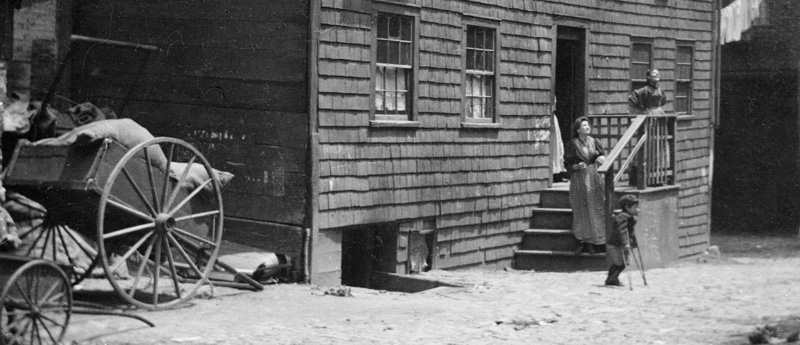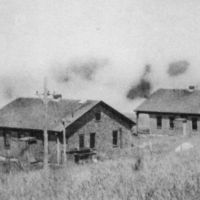Primary Source
ELIMINATION OF THE RAT
In the issue of the JOURNAL for September 21, 196 (Vol. clxxv, p. 397), we published, with editorial comment in another column, an important paper by Dr. Mark W. Richardson of Boston, formerly secretary of the Massachusetts State Board of Health, advancing the theory of the transmission of poliomyelitis through the agency of the rat flea. Immediately following the publication of this article, a movement was initiated by the Women’s Municipal League of Boston for the extensive destruction of rats in this city. The movement was originated by Mrs. Robert S. Bradley, and will be carried out under the management of Mrs. Albert T. Letherbee. Circulars and posters have already been issued, and the following statement of its purposes has been made by the League:
“Aside from its menace as a pathological agency, this economic loss due to rats is enormous. This creature is omnivorous and otherwise destructive, and there is no known commodity of manufacture and commerce that it does not injure. Government experts have officially proclaimed that rats consume property to the extent of $1.82 each per year, and that their number equals the human population. The rat is a menace to buildings in its liability to gnaw out supports and foundations, unless thoroughly rat-proofed, and in its ability to cause fires through gnawing of matches and the insulation from electric wires--which last item is computed to cost the underwriters about $15,000.000 yearly. The Women’s Municipal League intends to go about this matter in a perfectly practical manner along lines already proved effective. They will form rat clubs, which will work in cooperation through the entire city, which clubs will be instructed by competent rat catchers in the most desirable and effective methods of rat extermination. In this work they have the hearty support of the Mayor and the City Administration, and the endorsement and official cooperation of the City Board of Health. To prosecute properly this undertaking, it will be necessary to raise funds from public subscription, but as rats are destroying nearly one and one-half million dollars of property yearly in the city, the League feel that the people should be glad to subscribe a few thousands on this work, realizing that every rat killed means the extinction of its progeny, which are to be figured in the hundreds yearly. While they may hope that it may be possible with time, the enactment of proper ordinances and the general education of the people as to the true habits of rats, to make the city ratless, they know that much can be done now in exterminating large numbers. If San Francisco could in a few months destroy over 500,000 surely Boston can do as well. They hope for the generous support of the citizens.”
Whether or not Dr. Richardson’s theory is proved correct, that poliomyelitis is transmitted through the agency of rat fleas, it is well recognized by physicians that the rat, from many aspects is an important menace to the health welfare of the community. The Women’s Municipal League, therefore, deserves and will receive the cordial commendation and support of physicians in its efforts toward the elimination of the rat for the benefit of the public.
Boston Medical and Surgical Journal, vol. 175, issue 2 (October 19, 1916), 576.







